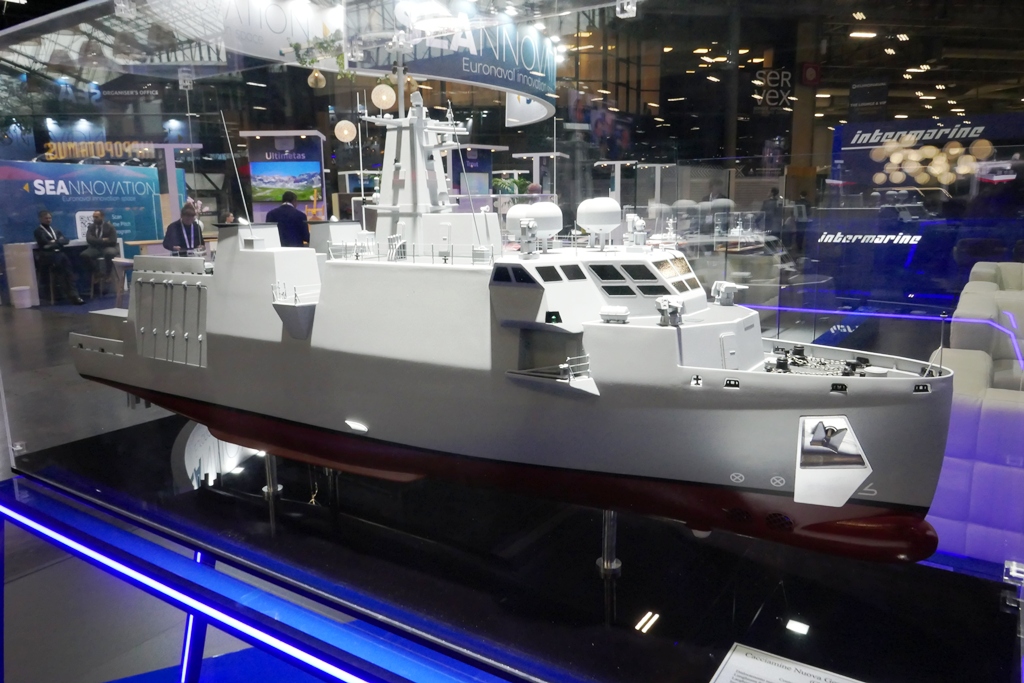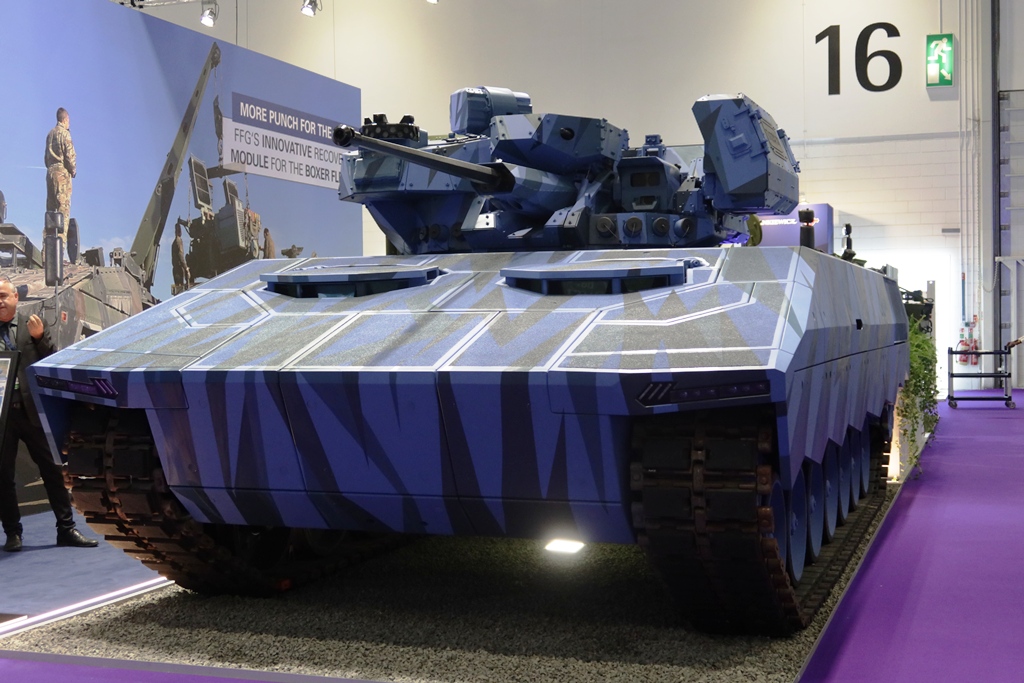Polish Airspace Violation: A Snapshot of Recent Developments
Assault on Sovereignty
Early on a Wednesday morning, Polish authorities reported the interception of multiple Russian drones that intruded into Polish airspace. This episode has been categorized by government officials as a serious “act of aggression” coinciding with Russia’s ongoing aerial bombardments targeting Ukraine.
Government Response
Polish Prime Minister Donald Tusk conveyed on social media that the country faced a significant drone incursion and confirmed that those UAVs evaluated as threatening were successfully neutralized.
- Alert Status: The Polish military operated under heightened alert conditions due to indications of “further massive airstrikes against targets located in Ukraine.”
Military Coordination
Defense Minister Władysław Kosiniak-Kamysz reported that more than ten unidentified aerial objects crossed into Poland’s airspace. He noted that the Polish armed forces acted decisively, engaging NATO Air Command and receiving assistance from the Royal Netherlands Air and Space Force, which deployed F-35 fighter jets for support.
- Search Operations: Following the interceptions, Polish forces initiated search and recovery operations for any remaining debris. Citizens were cautioned to avoid approaching any found objects, as they may present safety risks or contain hazardous materials.
Air Travel Disruptions
Warsaw’s Chopin Airport temporarily suspended operations due to military activities affecting regional airspace. This interruption underscores the extent to which military engagements are influencing civilian operations.
Strategic Implications
European Union foreign policy chief Kaja Kallas characterized the incident as the most significant violation of European airspace by Russian forces since the war’s onset, suggesting that the drone activities were likely intentional rather than incidental.
- EU Solidarity: Kallas affirmed the EU’s unwavering support for Poland and highlighted the need for increased repercussions against Moscow. She emphasized the urgency of bolstering assistance for Ukraine and investing in European defense capabilities.
Contextual Background
This event is not isolated; Poland has previously voiced concerns over unauthorized Russian incursions into its airspace. Notable precedents include:
- August Incident: A Russian drone crash in eastern Poland, labeled a provocative act.
- Previous Scrambles: In March, Polish fighters were dispatched following a missile’s passage through its airspace, and in 2022, a Ukrainian missile that reportedly missed its target resulted in fatalities within Poland.
Situation in Ukraine
The conflict’s toll on Ukraine continues to escalate. Reports indicate that a recent wave of drone attacks left three individuals injured in the Khmelnytskyi region, with significant damage reported across various infrastructures, including civilian sites.
- Casualties and Damage:
- In Zhytomyr, one fatality and one injury were recorded.
- In Vinnytsia, drone strikes compromised civilian infrastructure, resulting in injuries and property damage.
Military Exercises and Regional Concerns
In addition to the ongoing skirmishes, joint military exercises between Russian and Belarusian forces are scheduled to commence shortly, raising alarms among neighboring countries, especially Poland, Latvia, and Lithuania. Dubbed “Zapad 2025,” these drills aim to simulate defensive operations in the face of aerial threats and sabotage.
- Highlighting Military Relations: Such exercises serve to reinforce the military partnership between Moscow and Minsk amidst a protracted conflict in Ukraine.
Conclusion
The Ukrainian conflict and associated military actions emanating from Russia continue to present considerable risks to regional stability. The Polish response to recent drone incursions highlights a proactive stance in safeguarding national sovereignty while illustrating the complexities inherent in current geopolitical dynamics. As the situation evolves, vigilance and cooperative defense strategies within NATO and the EU will prove crucial in addressing emerging threats.





